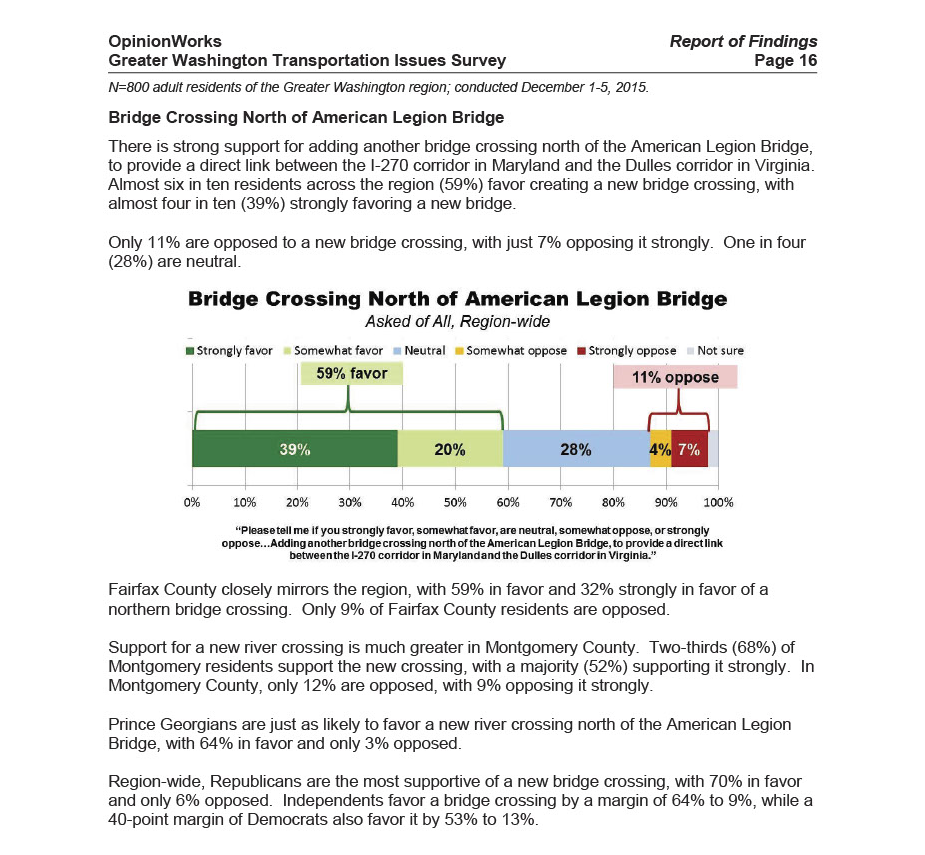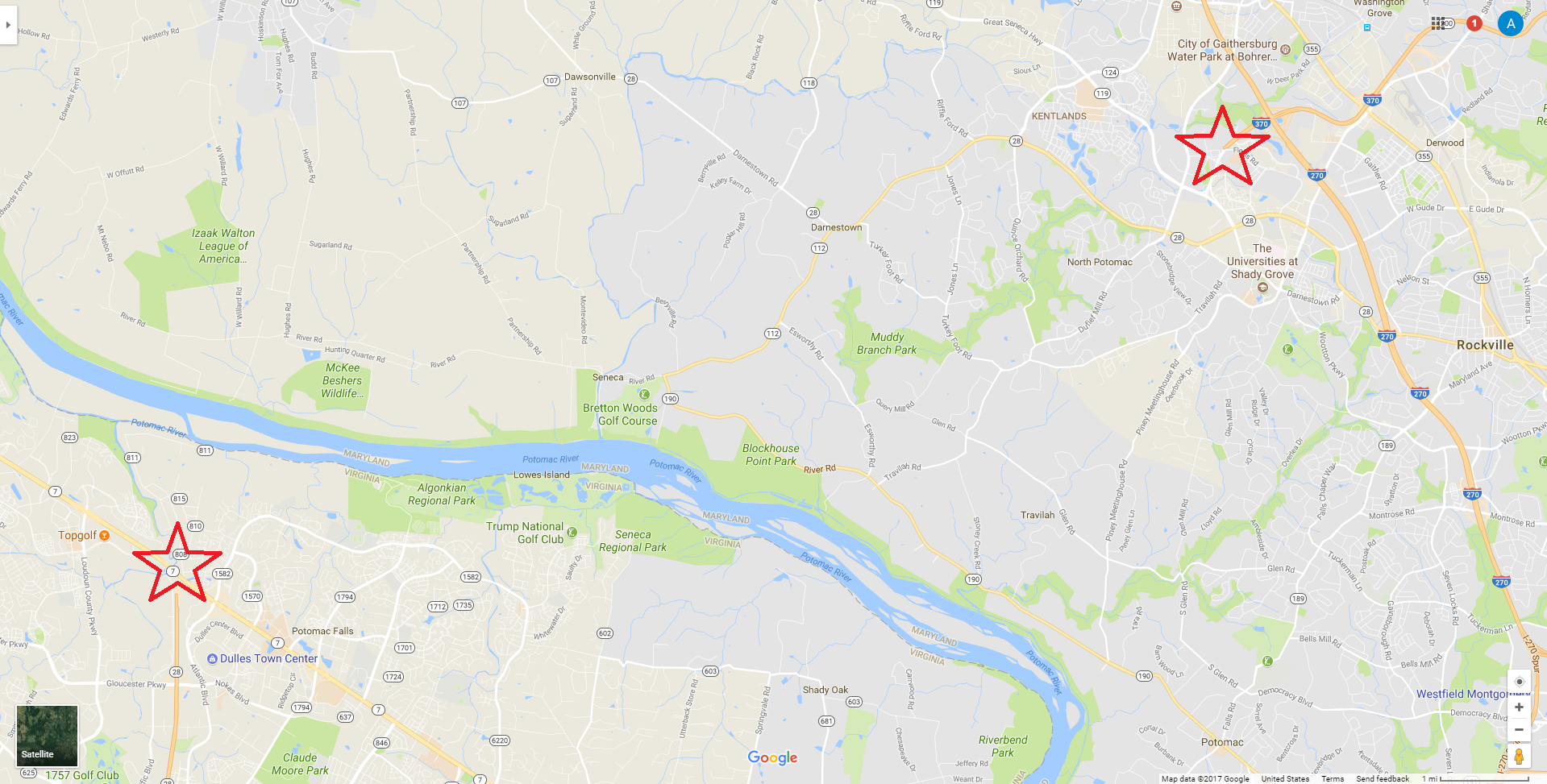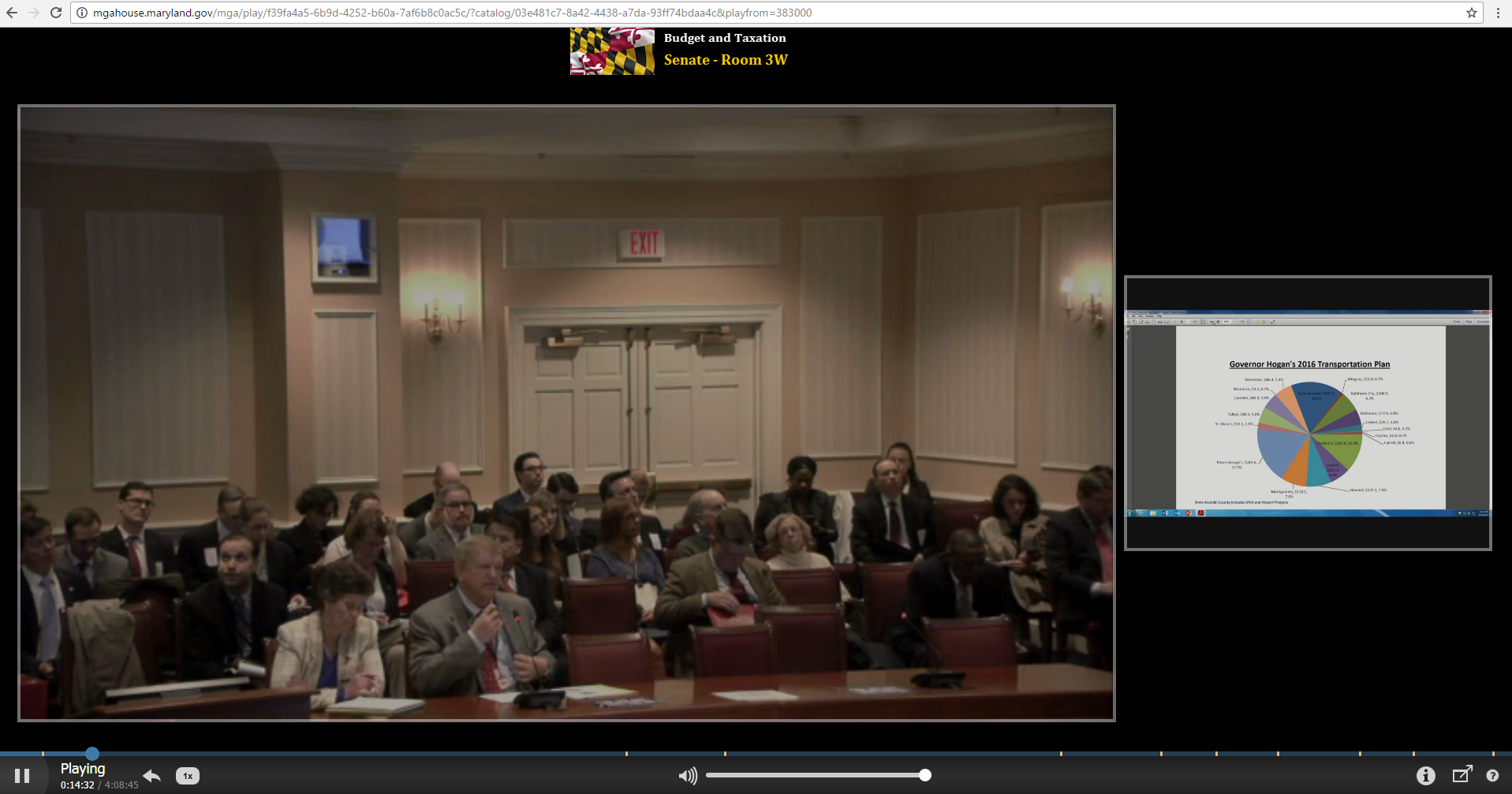By Gaithersburg City Council Member Neil Harris.
In a recent meeting with the capital improvements team at MCPS, I suggested that it would take $1 billion in extra capital funding to provide enough classrooms and to fix dilapidated schools. The staff responded that the number was more like $2 billion or more. Ouch.
My guess was based on the basic cost for classroom space of $40K per student. So, an elementary school for 750 kids would cost $30 million. And we have 9,000 kids in portables ($360 million worth of classrooms) and we’re adding 2,500 new students each year ($100 million). I guessed at double that for renovations, but apparently that number is way worse than my rough guess.
In transportation, the situation is even worse. Not only is our system the most congested in the country, but in 25 years the congestion is projected to be 72% worse! In the past 15 years, we’ve added several hundred thousand new residents to the mid- and up-county, and the population will grow by 20%. We’re not keeping up.
The National Capital Region Transportation Planning Board (TPB) made projections based on the regional long-range plan, which includes all the projects proposed and expected to be funded. The TPB recently looked at the 500 projects proposed but not expected to be funded, and building all of them “only” makes congestion 28% worse. I repeat: building every project proposed still makes congestion 28% worse!
One problem for the TPB is that the projects on their list are proposed by local jurisdictions: the states, counties, and cities, and are most often focused on local needs. There is no central authority over regionally significant ideas that will serve to improve transportation for everyone.
Another challenge is that there is such a huge focus on new transit that it crowds out roads. If you build a new Transit-Oriented Development (TOD) on a Metro Station and 60% of the new residents use Metro, then there are still 40% of the new residents in cars. One mode is not enough, and the current plans look like they are out of balance, with the vast majority of trips by auto in 25 years but most funding going to transit and not highways. To be clear: in 25 years with $100 billion spent on transit in our region, we increase ridership by 2% for work trips, with a huge increase in auto trips and little improvement in our road network.
The TPB bravely took it upon ourselves to develop a list of 10 “potentially game changing” projects, programs, and policies to study, to learn if there are ways to actually reduce congestion instead of surrendering to it. This has been a controversial process thanks to inclusion of a new northern Potomac crossing, but the TPB has recognized that desperate times require desperate measures.
So, where would the money come from to fix these problems, assuming we find good answers and the political will to address them?
For transportation, Northern Virginia has taken the lead. The Northern Virginia Transportation Authority collects a small surcharge on some taxes to create $330 million in new funding to reduce congestion. Under this new program, the state and the local jurisdictions are not allowed to reduce transportation funding, so the money goes directly to new programs.
For schools as well as transportation, Adam Pagnucco suggested that Montgomery County’s annual revenue grows by about $140 million each year due to increased income and property tax revenue. How about dedicating all this growth to infrastructure for the next few years, instead of operations? In five years or so, we could be all caught up.
These aren’t the only ways to get out of the hole. We could build schools like the Monarch Global Academy in Laurel, which cost one-third to one-half what MCPS spends on each school. That would stretch our dollars. We could look at the cost-effectiveness of transportation projects already in the pipeline and refocus on ones that make more of a difference.
I hope with the big election year in Montgomery County next year, we can direct the candidates to solve these big challenges as their top priority. We need to understand what projects will actually help and then find ways to pay for them.
Whatever we do, we know one thing – when you are in a hole, first stop digging.
Neil Harris is Vice President of the Gaithersburg City Council and a voting member of the Transportation Planning Board and TPB’s Long Range Plan Task Force.








